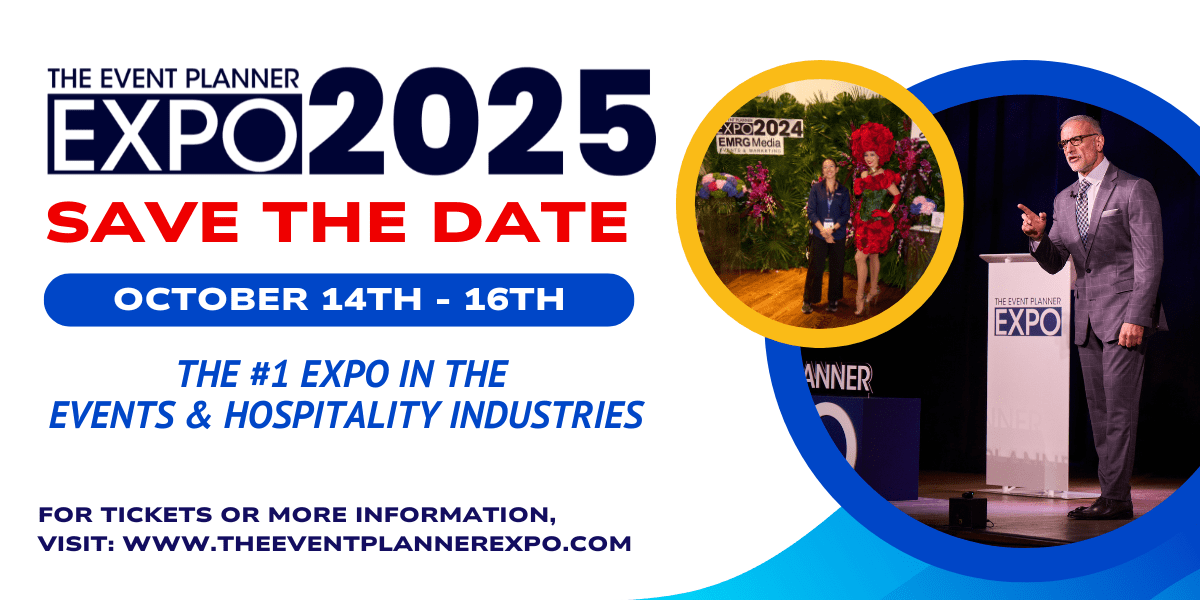How to Master Guest Flow from Curb to Curtain Call

Even the flashiest entertainment or trendiest venue falls flat if guests feel lost, stuck, or shuffled around like cattle. Flow is the backbone of any event. When movement feels natural, energy stays high, and the brand message lands with precision. When it’s clunky, guests check out early — or worse, they remember frustration more than anything else.
For New York City event planners, designing flow is about more than floorplans. It’s about crafting a seamless guest journey that begins at arrival and doesn’t fade until the after-party. Here’s how to design transitions that keep guests engaged and elevate every moment.
Arrival That Feels Like an Invitation, Not a Line
Guests shouldn’t feel like they’re waiting for a subway. Arrival is the first brand touchpoint, and it sets the emotional tone.
Curbside valet with custom signage, branded umbrellas in case of rain, or greeters trained to deliver energy right out of the gate transform logistics into theater. Even the walk from sidewalk to door can be layered with cues: a curated scent, a lighting wash in brand colors, or micro-performers building anticipation.
The trick is speed plus style. Guests should move smoothly through arrival while also feeling like the experience started before they even crossed the threshold.
Check-In That Doubles as an Activation
Registration desks are infamous for bottlenecks. NYC planners know that’s dead space waiting to be reinvented.
Tablets, kiosks, or mobile check-in eliminate friction. Pair that efficiency with a brand-aligned activation: an espresso shot for a high-energy tech brand, a wellness spritz for a health brand, or a photo-op wall that doubles as a backdrop for social sharing.
Guests aren’t just “checked in.” They’re welcomed into the story.
Flowing Into the First Touchpoint
After check-in, don’t let energy sag. The first step into the main space should feel like crossing into another world.
Consider an immersive entry tunnel, a surprise welcome drink, or performers staged at natural gathering points. Lighting cues can subtly direct where to head next. The message is clear: no wandering, no hesitation — just a guided, effortless transition into the event’s heart.
Mapping Micro-Movements Throughout the Night
The hardest part of flow isn’t getting guests in the door — it’s keeping them moving naturally between zones without ever feeling pushed.
Break it down into micro-movements: how guests leave cocktail hour, how they find seats, how they discover activations, how they transition to the after-party. Use a mix of cues:
-
- Lighting shifts that draw eyes forward
- Sound design that moves with the program
- Performers doubling as guides, gently leading crowds
- Staff trained to point and host, not just manage
These details prevent congestion and maintain event rhythm. Guests don’t realize they’re being guided — they just feel the event runs like clockwork.
Dinner That Doesn’t Stall the Energy
Seated dinners are notorious energy killers if not handled with flow in mind. Timing and pacing are everything.
Keep courses tight, integrate entertainment between servings, and use lighting changes to reset the room. Consider interactive service — roaming carts, mini tasting plates, or live chef demos between courses. Guests stay engaged because dining feels like part of the show, not a pause.
When food service is woven into the brand story, it becomes an active part of the journey instead of a break in momentum.
Smooth Transitions to the After-Party
The handoff from main event to after-party is one of the most critical transitions. A clunky reset can cause drop-off.
Design the shift as a reveal. Pull back a curtain to unveil the after-party space. Change lighting and music dramatically to signal a new chapter. Offer a physical cue like a shot tray or dessert cart guests can follow.
If the after-party is off-site, treat transport as an activation itself. Luxury shuttles with live music, branded pedicabs, or even a silent disco on the bus keep energy alive. Guests should never feel like they’ve left one event and are waiting for another to begin.
Flow as Brand Messaging
Every transition is a chance to reinforce the brand. A luxury brand signals refinement through smooth, quiet, and polished movement. A lifestyle brand pumps energy with surprises at every turn. A wellness brand creates calm with steady pacing and intentional pauses.
Flow is the physical language of the brand. When every guest movement feels consistent with that message, the event becomes a live expression of the identity.
Don’t Forget the Exit
The event doesn’t end until the last guest leaves. Exits often get overlooked, but they’re one of the strongest memory markers.
Small takeaways at the door — curated swag, branded snacks, or a heartfelt thank-you from staff — close the loop. Lighting should feel warm, not abrupt. Even coat check can be elevated with entertainment or refreshments. Guests should walk out still immersed in the story.
The detail that matters most: no one should feel like the event fizzled at the end. Flow should carry them all the way to the final step.
The Event Planner Expo: Where Guest Flow Gets Redefined
The Event Planner Expo 2025 showed just how obsessed planners are with mastering flow. From the way showcases choreographed transitions to the discussions around guiding guests through every micro-movement, it became clear that seamless design isn’t a luxury — it’s the foundation of memorable events.
If you missed The Event Planner Expo 2025, the opportunity to level up is already on the horizon. The Event Planner Expo 2026 will dig even deeper into strategies for guest flow, spotlighting innovative vendors, tech solutions, and design hacks that transform transitions into brand moments. This is where NYC planners learn to choreograph events from curb to after-party, ensuring no detail falls flat.
